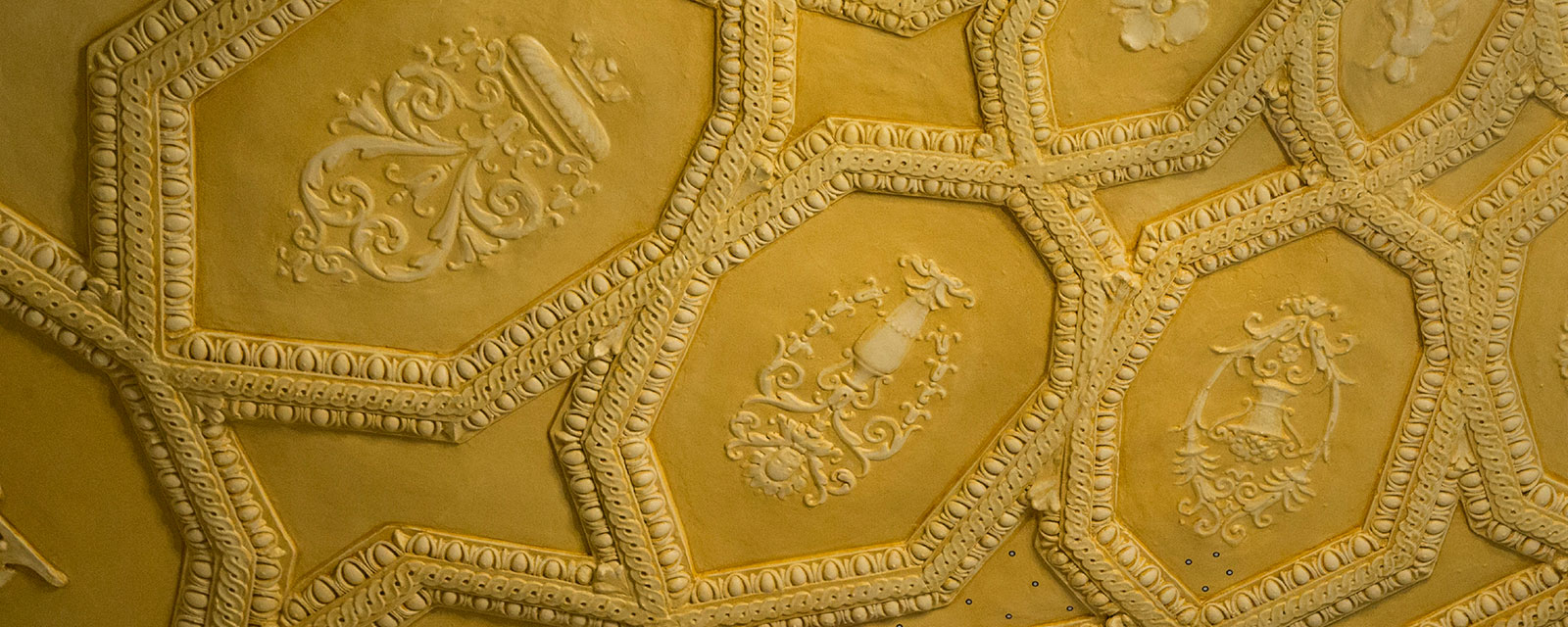On days when the Lawn is quiet, it’s not hard to imagine that you’re stepping back to the early 19th century as you stroll through the architecture of University of Virginia’s famed Academical Village. But behind the scenes, the methods that UVA is using to record and preserve Thomas Jefferson’s design are downright futuristic.
Since 2011, UVA Library information visualization specialist Will Rourk has been using 3-D scanning tools to systematically map the design and construction of the University.
“Once they’re set up in the area we want to capture, our scanning devices shoot a laser beam out and every surface that the laser beam hits creates a mapped point in space,” Rourk said. “We’re able to capture whole environments, buildings, monuments, artifacts and more, and generate precise, measured data for each.”
The laser scanner is able to take numerous exact measurements in a way that would be impossible to replicate by hand. Once a 3-D record is complete, architects and preservationists can return to it and determine the exact dimensions of every feature that was scanned. This is extremely valuable information, both for the academic record and for all current and future restoration projects.
To find out more about Rourk’s process and how it’s being used, UVA Today followed him through his latest scanning project at Garrett Hall, once the University’s first dining hall and now home to the Frank Batten School of Leadership and Public Policy.
Media Contact
Article Information
March 29, 2016
/content/3-d-scans-add-new-layer-preservation-academical-village

